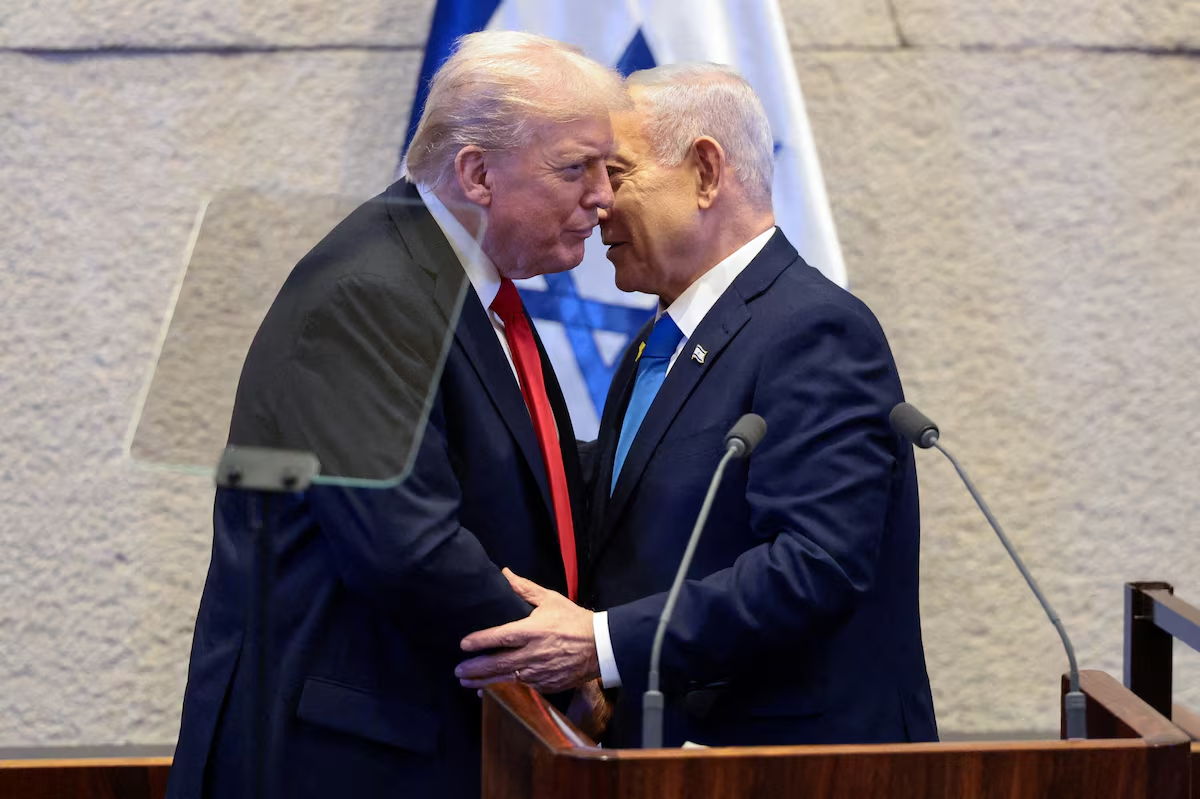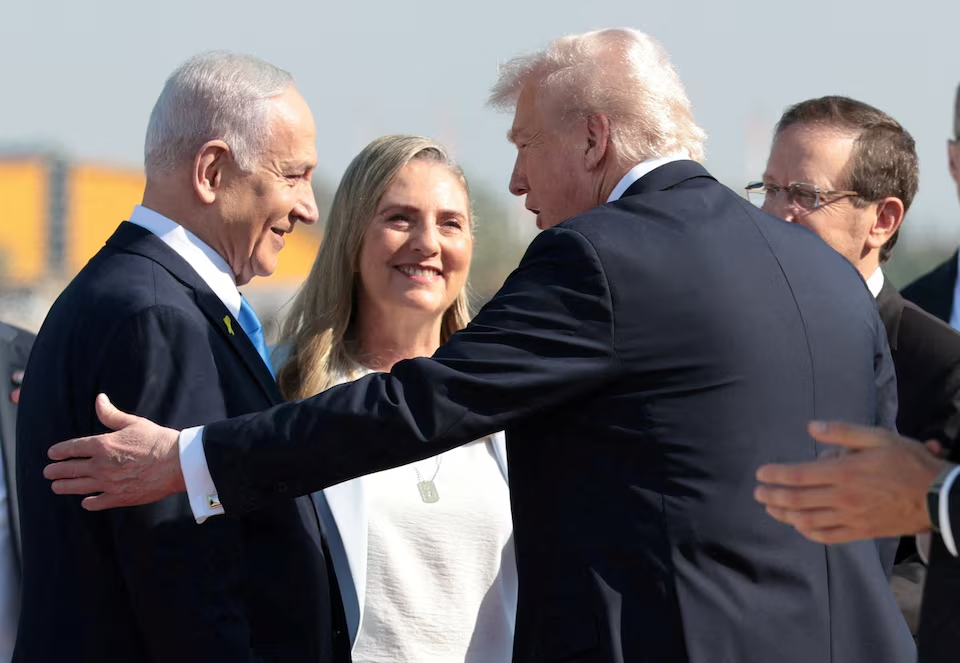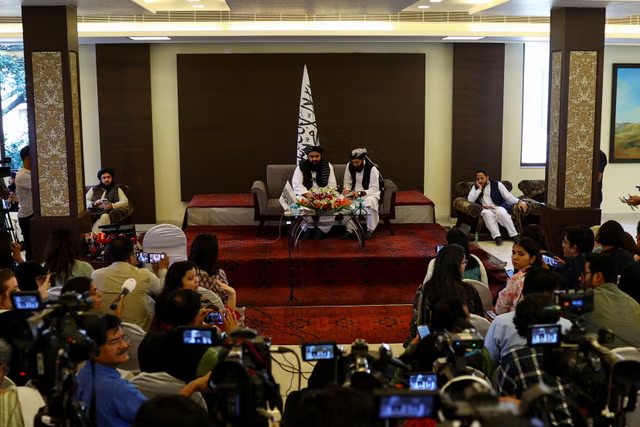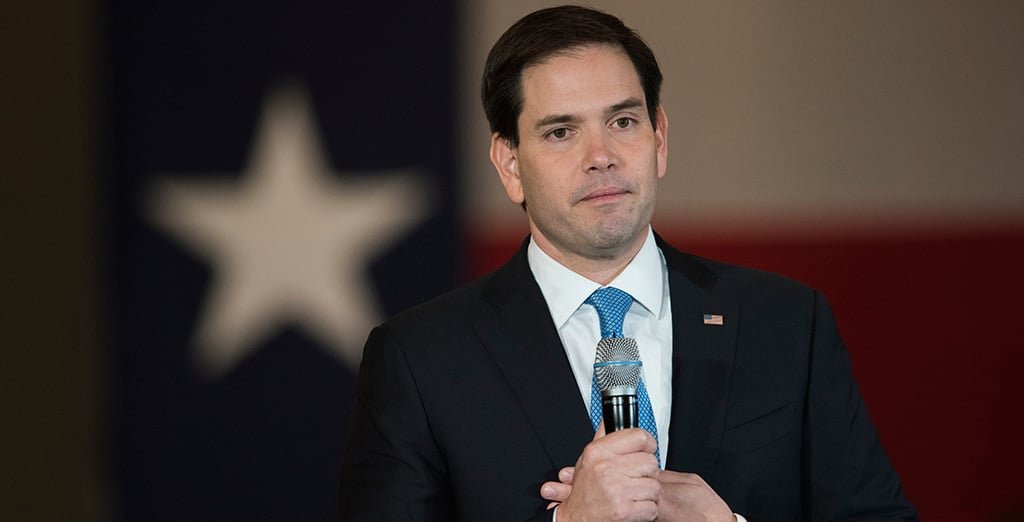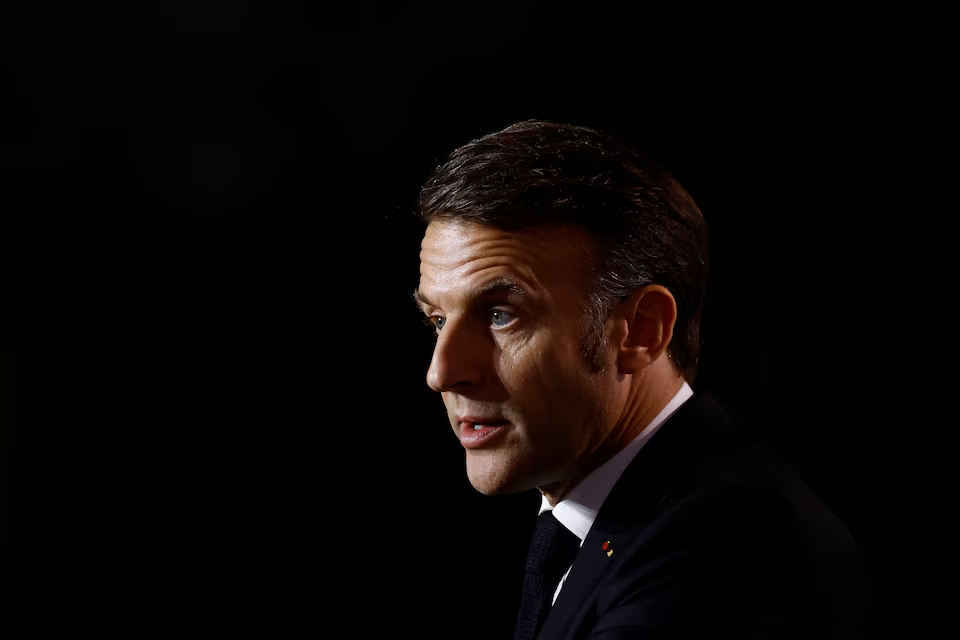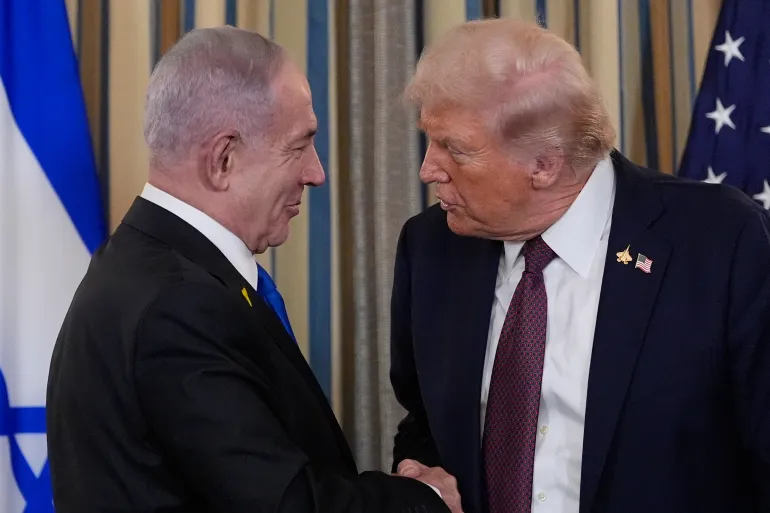Hungary's Political Strength and Conservative Vision: Orbán and Trump's Shared Path to Power
As U.S. President Donald Trump began his second term, declaring a “golden age” for America, Hungary’s Prime Minister Viktor Orbán echoed a similar sentiment, declaring that Trump’s return would also mark a “golden age” for Hungary and the “collapse” of liberal democracy. Orbán’s comments reflect a growing alignment between the Hungarian leader and Trump, both of whom advocate for a more nationalist, conservative approach to governance.
Hungary's Political Strength and Conservative Vision: Orbán and Trump's Shared Path to Power
Hungary's Political Strength and Conservative Vision: Orbán and Trump's Shared Path to Power
Budapest — As U.S. President Donald Trump began his second term, declaring a “golden age” for America, Hungary’s Prime Minister Viktor Orbán echoed a similar sentiment, declaring that Trump’s return would also mark a “golden age” for Hungary and the “collapse” of liberal democracy. Orbán’s comments reflect a growing alignment between the Hungarian leader and Trump, both of whom advocate for a more nationalist, conservative approach to governance.
Orbán, often praised by U.S. conservatives for his right-wing policies on immigration, regulation, and democratic constraints, has been a strong influence on the American right. His strongman tactics, including suppressing political opposition, restructuring the judiciary, and curbing LGBTQ+ rights, have drawn comparisons to Trump’s ambitions for his second term. Trump, who has a close relationship with Orbán, has even called him "a strong man" and praised his approach to dealing with Russian President Vladimir Putin.
The parallels between Orbán’s rise and Trump’s political trajectory are striking. Orbán’s Fidesz party, after securing a two-thirds majority in 2010, implemented sweeping reforms that transformed Hungary into what critics call an “electoral autocracy.” Similarly, Trump’s “Project 2025” has raised concerns about expanding presidential powers and challenging the U.S. system of checks and balances.
Both leaders have taken decisive actions against judicial independence. Orbán’s government, in 2012, lowered the mandatory retirement age for judges, resulting in the ousting of nearly 300 senior judges, while Trump reshaped the U.S. judiciary by appointing conservative judges, creating a supermajority on the U.S. Supreme Court.
The leaders also share an adversarial stance toward the media. Orbán has used his political allies to gain control of Hungary’s media landscape, while Trump has frequently targeted U.S. media outlets, using lawsuits and regulatory threats to silence criticism.
In terms of foreign policy, Orbán has moved Hungary closer to Russia and China, with Putin’s leadership serving as a model for his own governance. Trump, who has often expressed admiration for autocratic leaders, has similarly praised Putin, especially his actions in Ukraine, even as he remains ambiguous about the U.S. role in peace talks.
As Orbán and Trump continue to push their conservative agendas, their shared approach to governance and their ties to autocratic regimes have made them central figures in the global debate over the future of democracy and authoritarianism.



